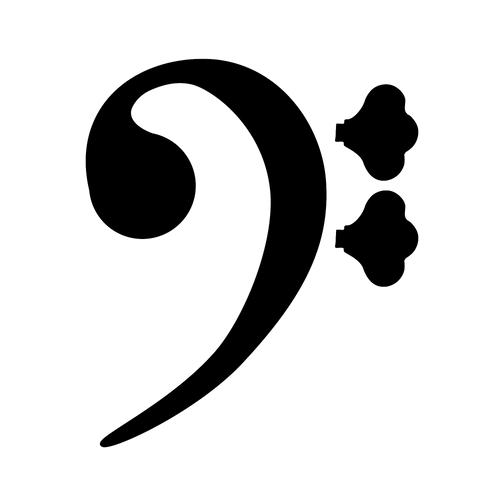Thinking about picking up the double bass? That deep, rich sound can feel magnetic, and once you start, it could become a lifelong passion. The double bass is the largest and lowest-pitched bowed string instrument in orchestras, tuned in fourths (E–A–D–G). Many beginners feel excited but unsure about where to begin. What should you buy first? How do you practice properly?
Your first few months on bass may determine whether you stick with the instrument or give up. According to TalkBass, one of the most common mistakes beginners make is "trying to save money by buying the cheapest option available." This approach often backfires when you end up spending more on repairs or replacements than you would have on decent gear from the start.
To make things easier, here’s a checklist that might help you get started with confidence and keep your learning experience fun and rewarding.
The Non-Negotiables: What You Must Have
A Playable Double Bass
This seems obvious, but many beginners don't know what "playable" means when they're looking at instruments for the first time.
Your bass should have strings that sit at a comfortable height above the fingerboard, usually measured at specific points by a luthier. The bridge needs to stand straight without leaning forward or backward. An endpin should extend smoothly and lock securely at your preferred height. When you pluck open strings, there should be no buzzing or rattling sounds that indicate setup problems.
Consider renting a double bass makes sense for your first year if you're unsure about committing to the instrument long-term. This way, you avoid a big upfront cost and get the chance to test whether you want to continue beyond the beginner phase. If you decide to buy instead, budget at least $2,000 for an entry-level model that will serve you well through your early development.
A Bow That Fits Your Learning Style
Two main styles exist in the bass world: French bow and German bow, each with distinct characteristics and handling requirements.
A French bow looks like a cello bow and requires you to hold it with your fingers over the stick. The German bow has a completely different shape, where you grip it from underneath with your palm facing up. Learning on your own? Well, the French double bass bow tends to be more common in orchestral settings and might offer more transferable technique if you've played other string instruments. A decent beginner bow could cost between $200 and $500, depending on materials and craftsmanship.
The Nice-to-Haves: Items You'll Want Soon
Even small accessories can make practice more enjoyable. According to DoubleBassHQ, these items could help you get started:
- A bass stand to keep your instrument safe when not in use
- Rosin for a better bow grip
- A tuner and metronome to maintain consistency
- A soft case or gig bag for transport
- A bass stool or adjustable chair to improve posture during long sessions
Having these essentials nearby can make each practice session smoother and more productive.
Method Books and Learning Materials
A structured material is essential for building proper technique from the ground up. The Simandl method remains the standard for classical bass education across the world. Franz Simandl published his method in 1874, and teachers still use it today because of its systematic approach to positions, shifting, and building left-hand strength.
Learning on your own without a teacher? Well, consider mixing a traditional method book with video resources so you get both written instruction and visual demonstration. Online courses or hybrid lessons could also make learning more flexible, especially for those without access to in-person teachers. A professional instructor can spot posture or bowing habits that self-learners might overlook.
Is it easy to learn the double bass? Well, not particularly, if we're being honest about the challenges ahead. The instrument is physically demanding in ways that surprise new players. The learning curve is steep compared to some other instruments. But with proper guidance and consistent practice, most people make steady progress and develop competence within a reasonable timeframe.
Putting It All Together
First, secure your instrument by renting or buying a playable bass from a reputable dealer or shop. Second, get a bow appropriate for your learning path and hand size. Third, buy proper bass rosin formulated specifically for double bass strings. Fourth, pick up a clip-on tuner that will help you develop accurate pitch sense. Fifth, choose a method book like Simandl for a traditional approach or something more modern if you prefer variety. Sixth, set up a dedicated practice space with a music stand at the proper height.
Now You Practice
You have your checklist now. You know what to buy and roughly what to budget for each item. Now comes the part that matters most: showing up to practice consistently.
If you’re ready to take the next step, you might enjoy exploring my own collection of learning materials. I’ve put together a range of bows, sheet music, and video lessons designed to help you strengthen your fundamentals and make practice more engaging. Each piece or product I create reflects years of performing and teaching with one goal in mind: to help you fall in love with the double bass, not just learn it.
You can start with The Exercise Book if you’d like short, melodic studies for daily practice. Together, these tools could support you in developing your sound, technique, and confidence.
Visit xavierfoley.com to learn more, explore the collection, and start building a foundation that could last a lifetime.

